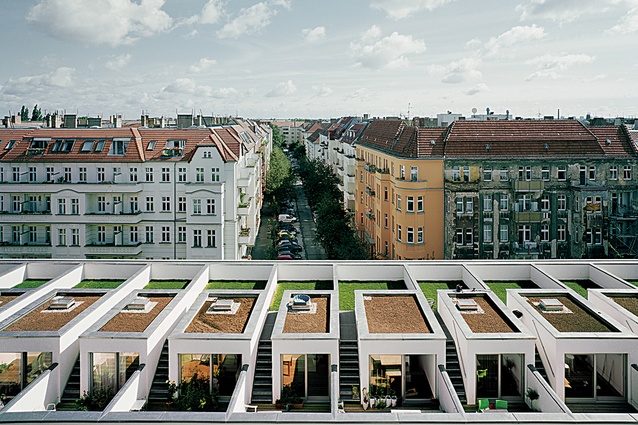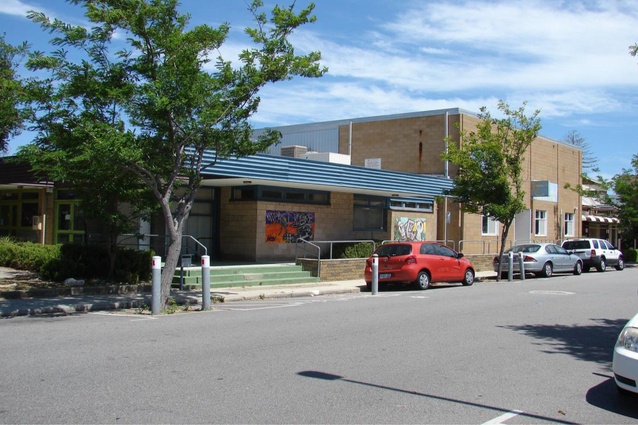German cooperative housing model takes root in WA
Two projects in Western Australia could see the German Baugruppen model of cooperative housing introduced in the state.
Baugruppen (which translates to building group) is a model of housing that draws together a group of people and allows them to act as their own developer in a multi-unit housing project.
The project would be solely funded by the future residents and is an alternative to the developer-led, investor-funded model, which dominates the housing market. Baugruppen originated in Germany and is particularly popular in Berlin. In the last 15 years, around 500 Baugruppen projects have been built in the German capital.
The City of Fremantle is currently seeking expressions of interest for what it hopes will be the city’s first Baugruppen-inspired housing project for a council-owned 1,477-square-metre site at 7 Quarry Street in Fremantle’s east end.
In a separate project, the WA government’s development agency, LandCorp, and the University of Western Australia are undertaking collaborative research that could result in a Baugruppen type of demonstration project at a 2,000-square-metre site at Perth’s White Gum Valley.
Geoffrey London, inaugural WA Government Architect (2004-2008) and former Victorian Government Architect (2008–2014), is leading the research at White Gum Valley and said the project could result in cost savings for purchasers by not paying for developers’ profits, marketing and associated costs and stamp duty.
In a 2012 lecture at the Cranlana Programme 2012 Alumni Speaker Series, London said, “Studies that compared local and overseas examples of comparable speculative development suggest [Baugruppen-style] units can cost between 15 and 30 percent less to purchase.”
From 1978 to 1980, London was the architect, along with Ralph Drexel, of a cooperative housing project that resulted in 13 units built on a site in Perth. Coincidentally, it was adjacent to a conventional housing development and “the [cooperative] group’s units turned out to be less expensive by a factor of 28 percent,” London said.
Housing affordability is also a driver of the pilot project in Fremantle. City of Fremantle councillor Rachel Pemberton said, “Fremantle has quite expensive housing. It’s about one-third more than the median price in Perth. In order to maintain a diverse community and welcome people of all types to our town, we need to look at innovative ways to house them.”
Both projects are also aiming to achieve high standards in design and amenity. Baugruppen housing projects are typically focused on design-led outcomes for the group of residents, rather than yield-led outcomes for investors.
“[Baugruppen] households benefit from the value of having the dwelling more directly tailored to their individual needs and potentially built to a higher design quality and amenity standard,” London said.
“In addition to the potential cost savings and a greater control over the design, there’s also the opportunity to unlock some of the potential benefits of medium-density development that are currently procluded by the speculative nature of the development process.”
For the White Gum Valley project, the project architects will be Spaceagency. ”We hope that the kinds of people who are putting forward expressions of interest will be architects or project managers rather than developers because the concept is that a developer looking for a 20 per cent return on investment is not part of the picture,” Pemberton said.
Both projects are also intended to be the first in a series of Baugruppen-type developments, and they both hope to establish a process that could be replicated.
“We’re hoping that this process will help establish this as an alternative in the market place,” London said. “We’re having trouble all around Australia meeting our residential infill targets and I think this helps provide a strategy to give us another niche in the market place that will help [achieve] a level of acceptance with better quality, medium- to high-density housing.”
Expressions of interest for 7 Quarry Street, Fremantle, close on 5 December 2016. Click here for more information.
For a look at cooperative housing in New Zealand, read the article by Aaron Paterson and Dominic Glamuzina here.











